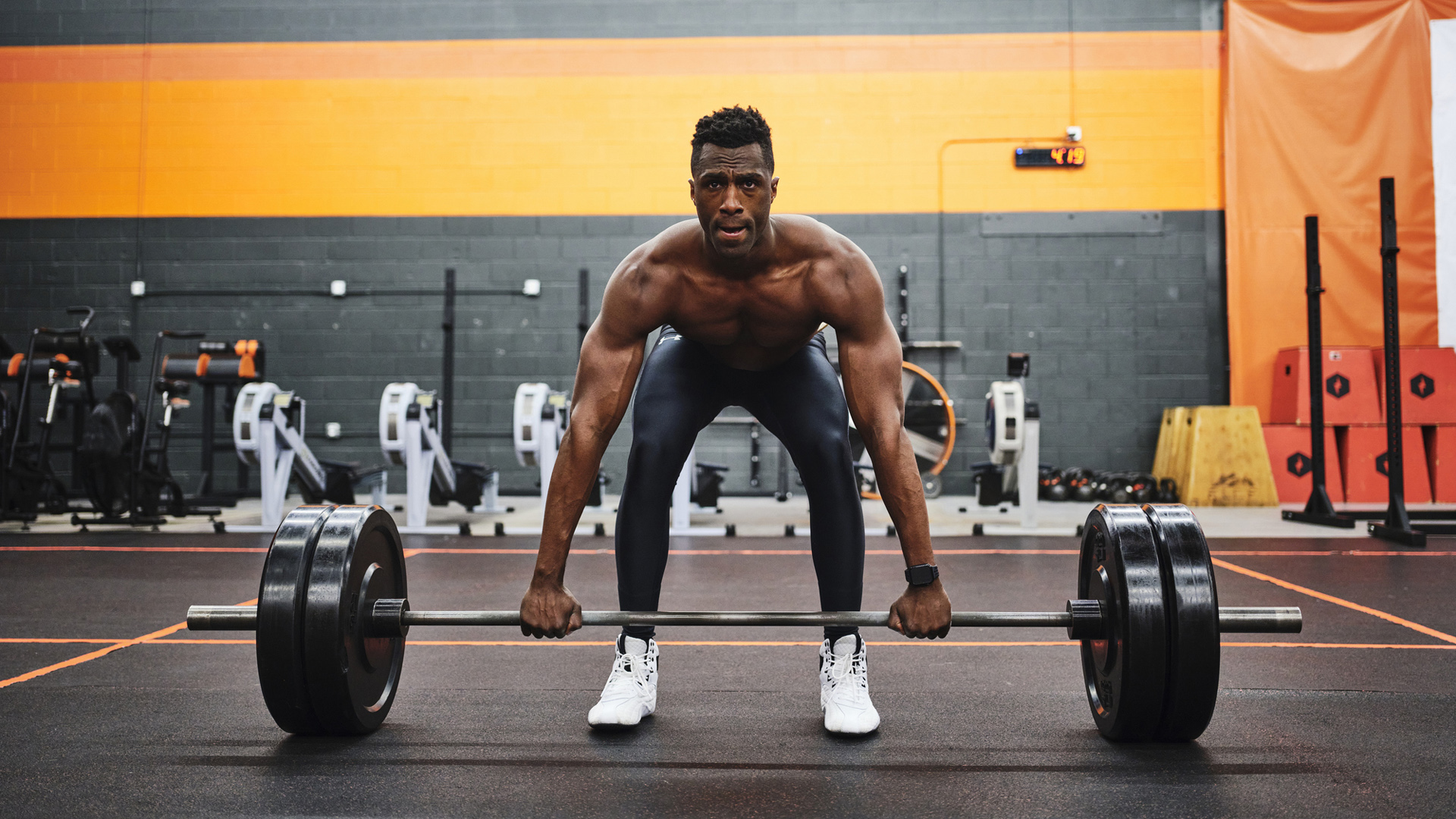

They say that “knowledge is power”, but you know what else is power? Deadlifting twice your body weight and benching 100kg/220lbs. And to do that, you must know what compound exercises are and how to use them to build muscle and lose weight.
There are many compound exercises, but I use the five below as my go-to way to build muscle and lose weight. Not surprisingly, most of them are also used in the best full-body workout and push-pull-legs workouts; they are tried and tested movements that guarantee results.
What Are Compound Exercises?
Compound exercises are movements that work multiple muscle groups at the same time. However, they’re not all created equal. We don’t just rate them on how many muscle groups they involve but also on their complexity and their loading potential. The sweet spot for a beginner (or even an experienced trainee looking to get brutally strong and add muscle) is a compound movement that uses multiple muscle groups, isn’t too complex and has significant loading potential.
Why Use Compound Exercises?
That heady mix of multiple muscle groups, complexity and loading potential is a huge driver for muscle growth. However, compound exercises like squats also take advantage of axial loading to drive systemic growth.
Axial loading is top-down loading of the spine and is a phenomenally powerful driver of that systemic growth you’re after if you’re a natural trainee and want to gain mass (external link). It gains you more muscle mass, improves bone density and gives you more bang for your buck, so to speak.
Don’t believe us? Take two beginner trainees, and put one on a progressive overload routine with the squat and the other on the leg press. We guarantee you the squatter won’t just have bigger and stronger legs; they’ll be bigger all over. However, axial loading is also extremely taxing for the central nervous system and is, therefore, more difficult to recover from.
The 5 Best Compound Exercises
1. Squat
In-depth: how to squat
Sign up to the T3 newsletter for smarter living straight to your inbox
Get all the latest news, reviews, deals and buying guides on gorgeous tech, home and active products from the T3 experts
Why should you try it: One of the greatest exercises of all time and our personal top of the list when it comes to pound for pound compound exercise champions. Follow our guide below to ensure you’re nailing this compound movement.
How to do it: Set the bar at chest height in the rack and grip it slightly wider than shoulder width. Duck under the bar and forcefully pinch your shoulder blades together to create a shelf for the bar to sit on.
Take a deep belly breath and hold it to create as much torso tension as possible. This will help to transfer power from your legs, through your hips and into the bar. Confidently unrack the bar and take no more than three steps back. Your feet should be at shoulder width or slightly wider, toes pointed slightly out to the sides.
Squeeze your glutes and begin your descent by breaking at the hips and knees simultaneously. Focus on spreading the floor with your feet as you descend and ascend. Squeeze your glutes at the top of the movement to avoid hyperextending.
2. Deadlift
In-depth: how to deadlift
Why should you try it: To the untrained eye, the deadlift is just picking something heavy off the floor. However, there’s an awful lot going on when you perform one of the best exercises of all time. So follow the checklist below to ensure you’re doing it right.
How to do it: Assume a stance slightly wider than shoulder-width, with the bar directly over the middle of your foot. Take a deep belly breath and hold it to create that intra-abdominal pressure. Take a double overhand grip on the bar at just beyond shoulder width.
Forcefully flex your lats to help lock your spine in place and pull the bar in towards your shins. Maintain a neutral spine and look straight ahead as you flex your hamstrings and glutes to begin lifting the bar. Ensure you’re at fully hip extension and avoid hyperextension at the top of the movement by forcefully contracting your glutes.
3. Bench Press
In-depth: how to bench press
Why should you try it: It doesn’t matter how much you squat or deadlift, the bench press is the only lift anyone seems to ask about. Pack mass across your entire shoulder girdle with this compound move.
How to do it: Lie down on the bench with your eyes directly underneath the bar. Position your feet so that you have a vertical shin angle and a natural arch in your lower back. Take a full grip on the bar and squeeze as hard you can.
Focus on pulling your shoulder blades together and down. We call this “putting them in your pocket”. Unrack the bar by flexing your lats, it should feel like you’re pulling the bar from the J hooks. Lower the bar to just above your sternum. Your elbows should track out at roughly a 45-degree angle.
Then, simultaneously push your heels hard into the floor and the bar upwards in a straight line.
4. Strict Overhead Press
In-depth: how to overhead press
Why should you try it: People hate the strict overhead press and I can understand why. There’s no cheating this movement, and that’s why it makes you monstrously strong.
How to do it: Set the bar in the rack at chest height and grip it slightly wider than shoulder-width. Take a deep belly breath, hold it to create tension and dip under the bar to confidently unrack it. Squeeze your glutes hard to maintain total body tension as you push the bar overhead.
Either tuck your chin or move your head slightly back to allow the bar to clear your chin. The head moves around the bar, the bar does not move around the head. Push your head forward as soon as the bar has cleared your crown. Your shoulder should cover your ear if watched from the side. Your traps and shoulders should be flexed at the top of the movement.
5. Pull Up
In-depth: how to do pull ups
Why should you try it: I like to think of the pull up as “the upper body squat”. I’ve never yet met anyone who was monstrously strong on pull-ups that had a weak link in their upper body.
How to do it: Grip the bar slightly wider than shoulder-width. Flex your glutes to create an arch in your lower back and look up. Initiate the movement by pulling your elbows down instead of flexing your biceps. Pull your sternum to the bar, not your chin. Lower slowly and repeat.
The Equipment You’ll Need For Compound Exercises
You won’t get the most out of compound exercises unless you load the bar heavy. Therefore, there’s simply no getting around the fact that squeezing the most benefit from compound exercises requires a quality barbell, squat rack and weight plates.
Consider these an investment though and your future fit self will thank you for it.
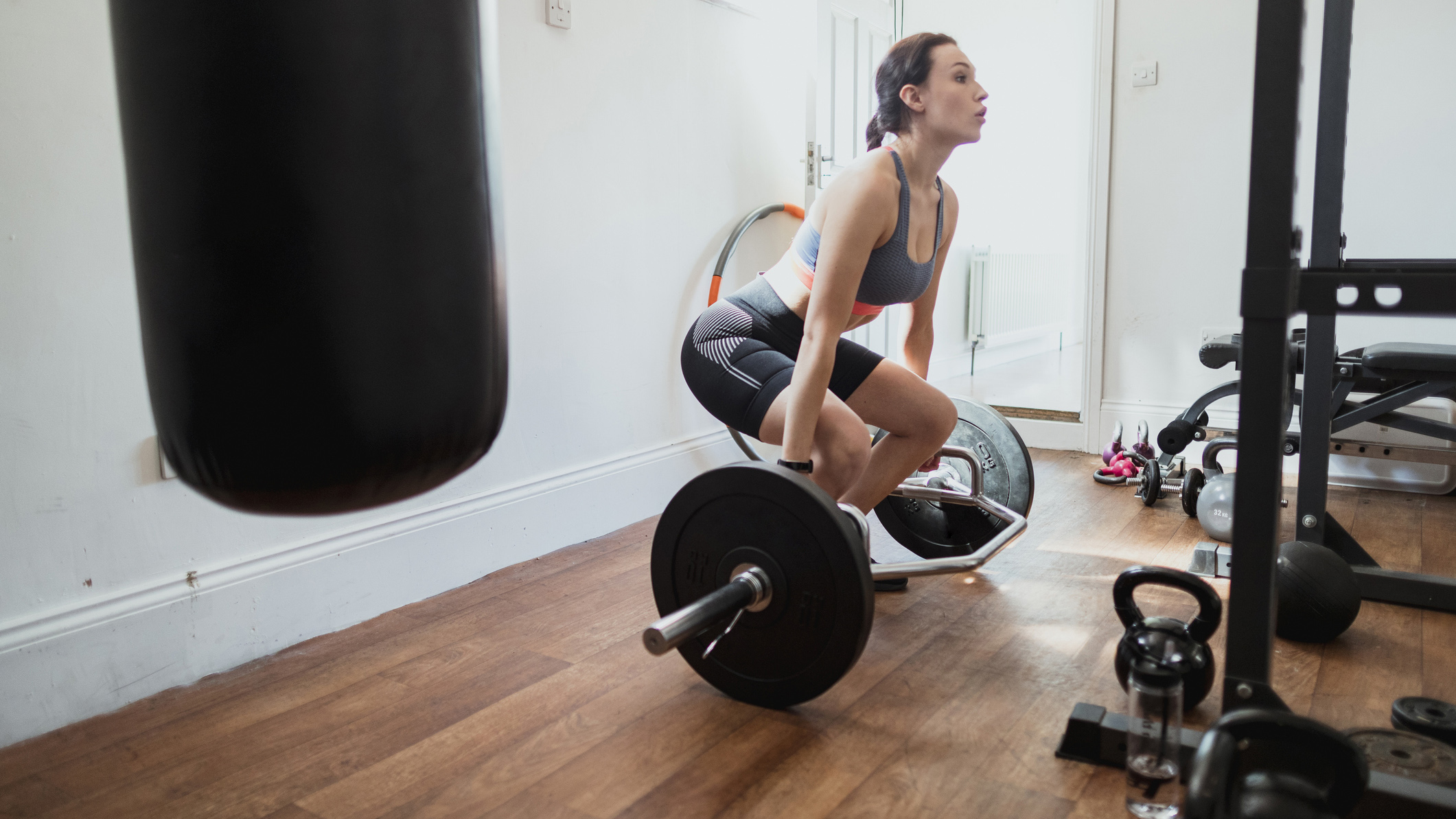
Sets, Reps And Progression For Compound Exercises
If you’re a beginner then nothing will get you big and strong quicker than progressive overload. This means increasing the weight in a linear fashion every time you train. We recommend 3 sets of 5 reps with the same weight, increasing it every time you are able.
However, for experienced trainees that method simply won’t work and they’ll need to vary factors such as frequency and volume whilst keeping an eye on recovery. Nevertheless, compound exercises remain superior for strength and mass gain, even if you’ve got a few years under the bar.
The Correct Diet For Compound Exercises
There really is no point in talking about gaining muscle and strength without discussing your diet.
I’ve seen beginner diets over-complicated too many times, so simply follow the principles below:
- Eat a balanced macronutrient intake. This means carbohydrates, fats and protein from healthy sources. Fast food doesn’t count; potatoes, steak, eggs, olive oil and any and all vegetables do.
- Protein is your friend. Consume roughly 1.5 grams per pound of lean body weight.
- You’re going to be sore. DOMS are natural, but you can aid your recovery with the use of a high-quality whey protein shake.
- Consume roughly 200 to 500 calories above maintenance level every day. Begin at the lower end of that spectrum and resist the urge to “dirty bulk”, the short-term gain is not worth the long term pain.

Tom’s been mad about health and fitness for longer than he can remember. His training journey has taken him from long-distance running and powerlifting to CrossFit and gymnastics. His proudest fitness achievement is running (and finishing) a marathon with no specific preparation. Tom also boxed recreationally for over 3 years at London’s oldest boxing gym and continued during his time in the army. He loves writing about everything training and nutrition-related.
-
 Android phones just got surprise prospective upgrade from MediaTek
Android phones just got surprise prospective upgrade from MediaTekDimensity 9400+ anyone? MediaTek's powerhouse chip just ranked up
By Mike Lowe Published
-
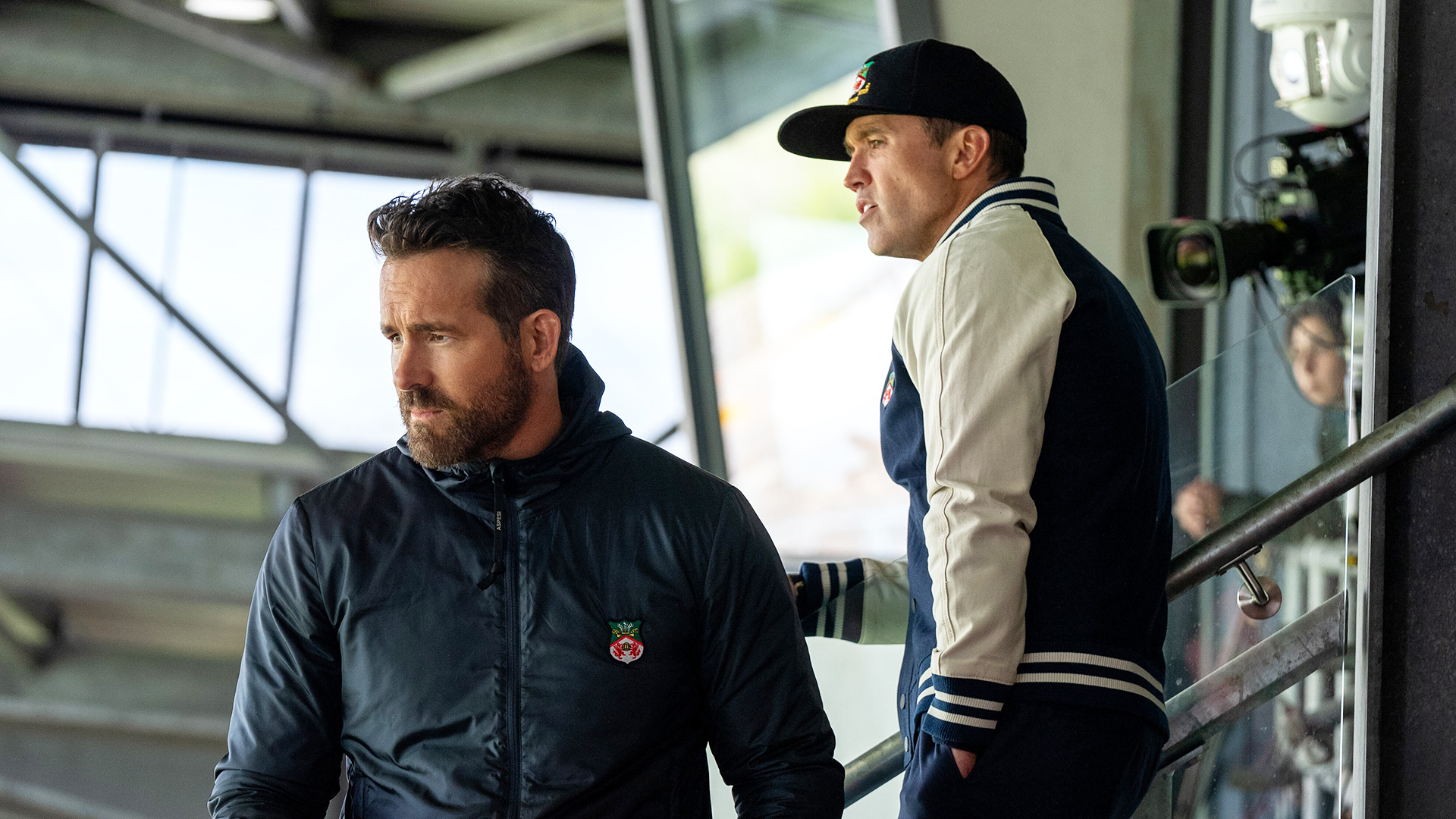 This Disney Plus favourite had 100% on Rotten Tomatoes last season – here's when the new one is out
This Disney Plus favourite had 100% on Rotten Tomatoes last season – here's when the new one is outIt's an Emmy award-winning show
By Sam Cross Published
-
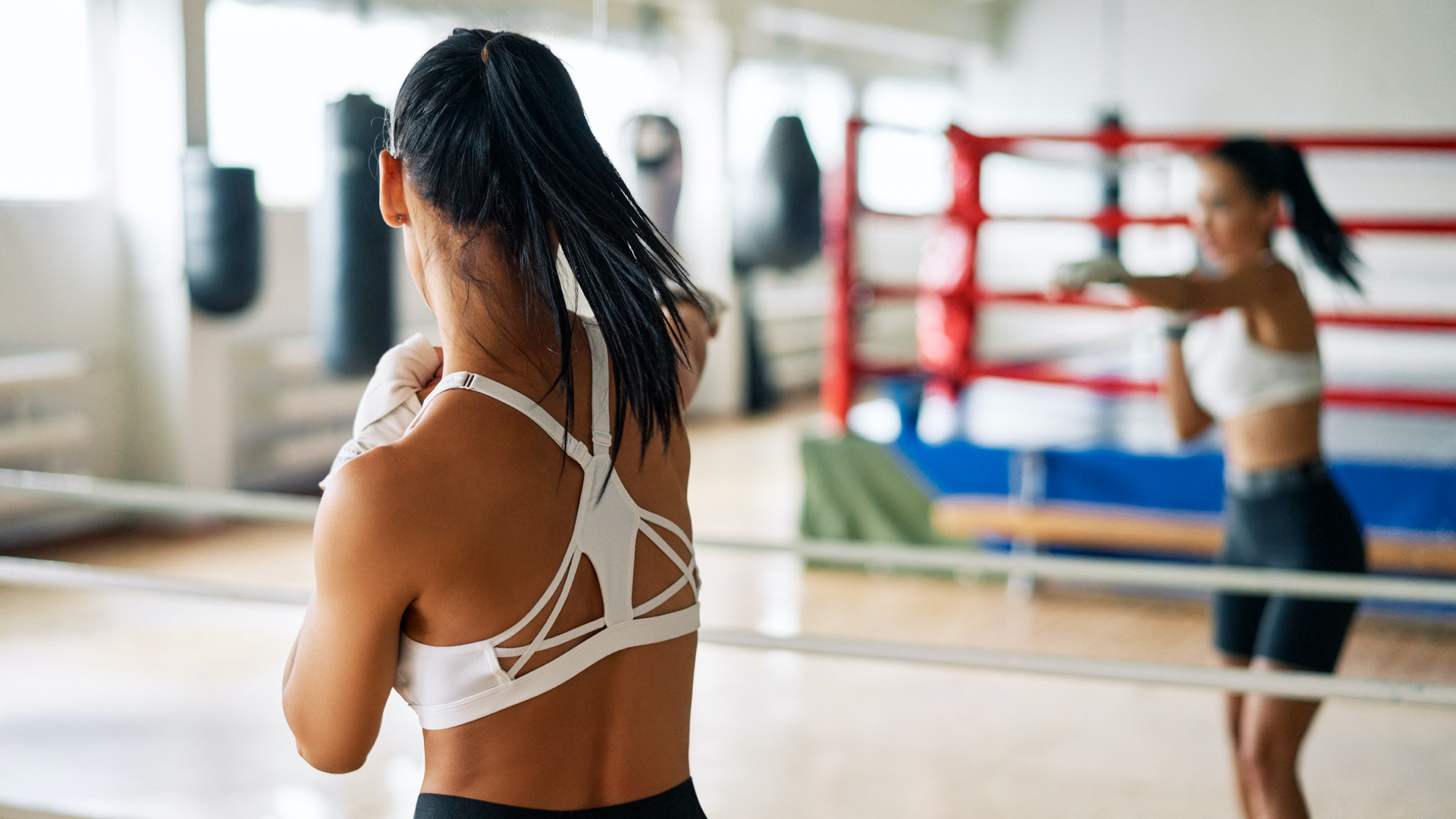 20-minute full-body HIIT workout to burn fat and boost your metabolism
20-minute full-body HIIT workout to burn fat and boost your metabolismYou won't need any equipment for this T3-exclusive “Box ‘n Burn” shadowboxing follow-along workout
By Matt Kollat Last updated
-

 Reduce stress, get strong and burn fat with this 20-minute punch bag workout
Reduce stress, get strong and burn fat with this 20-minute punch bag workoutRelieve stress and get fit in the process with this follow-along workout from a top boxing coach
By Matt Kollat Published
-
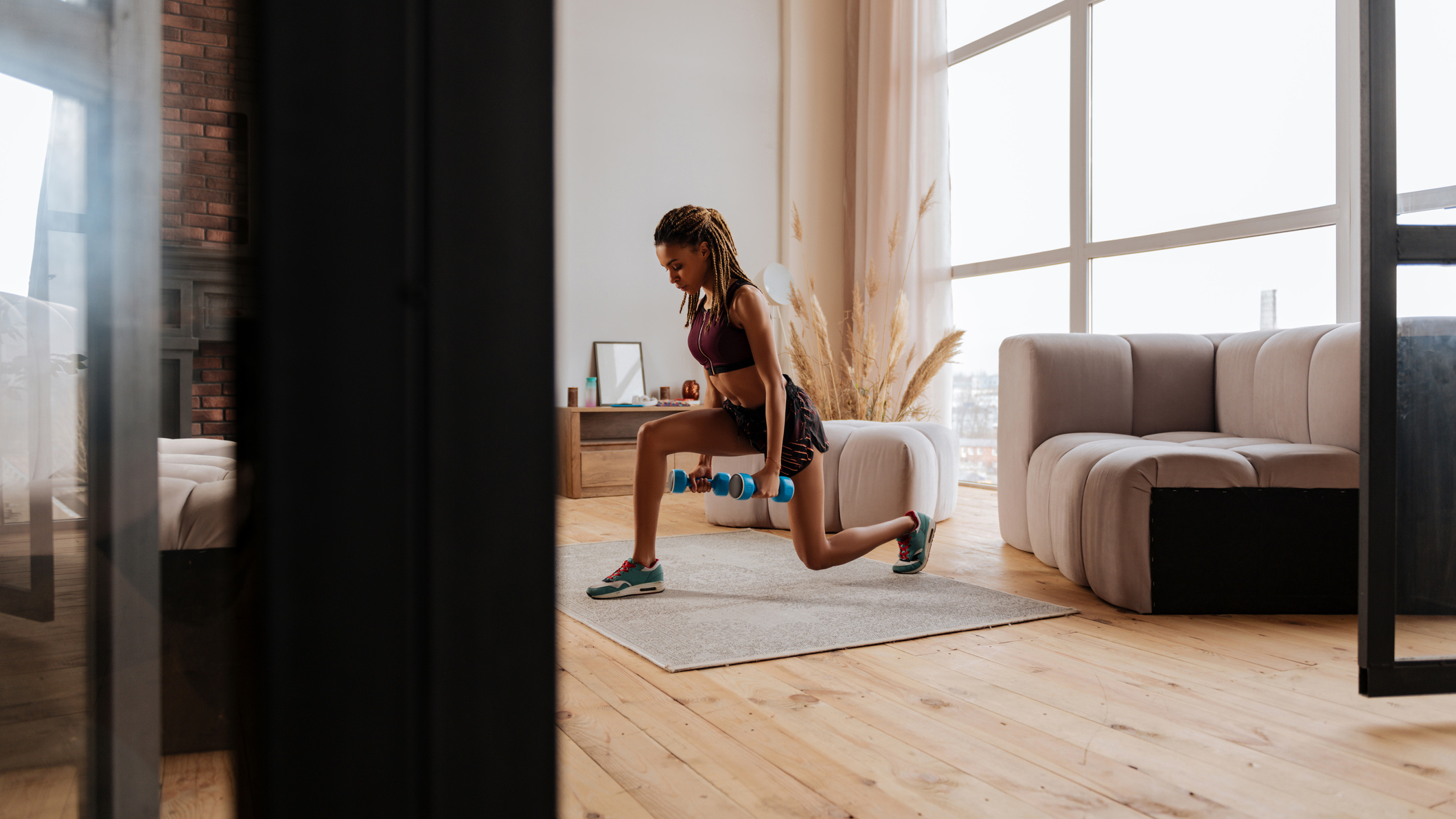
 This home workout combines HIIT and strength training – burn fat and build muscle in 20 minutes
This home workout combines HIIT and strength training – burn fat and build muscle in 20 minutesSlim down at home with this fast-paced dumbbell HIIT workout
By Matt Kollat Last updated
-
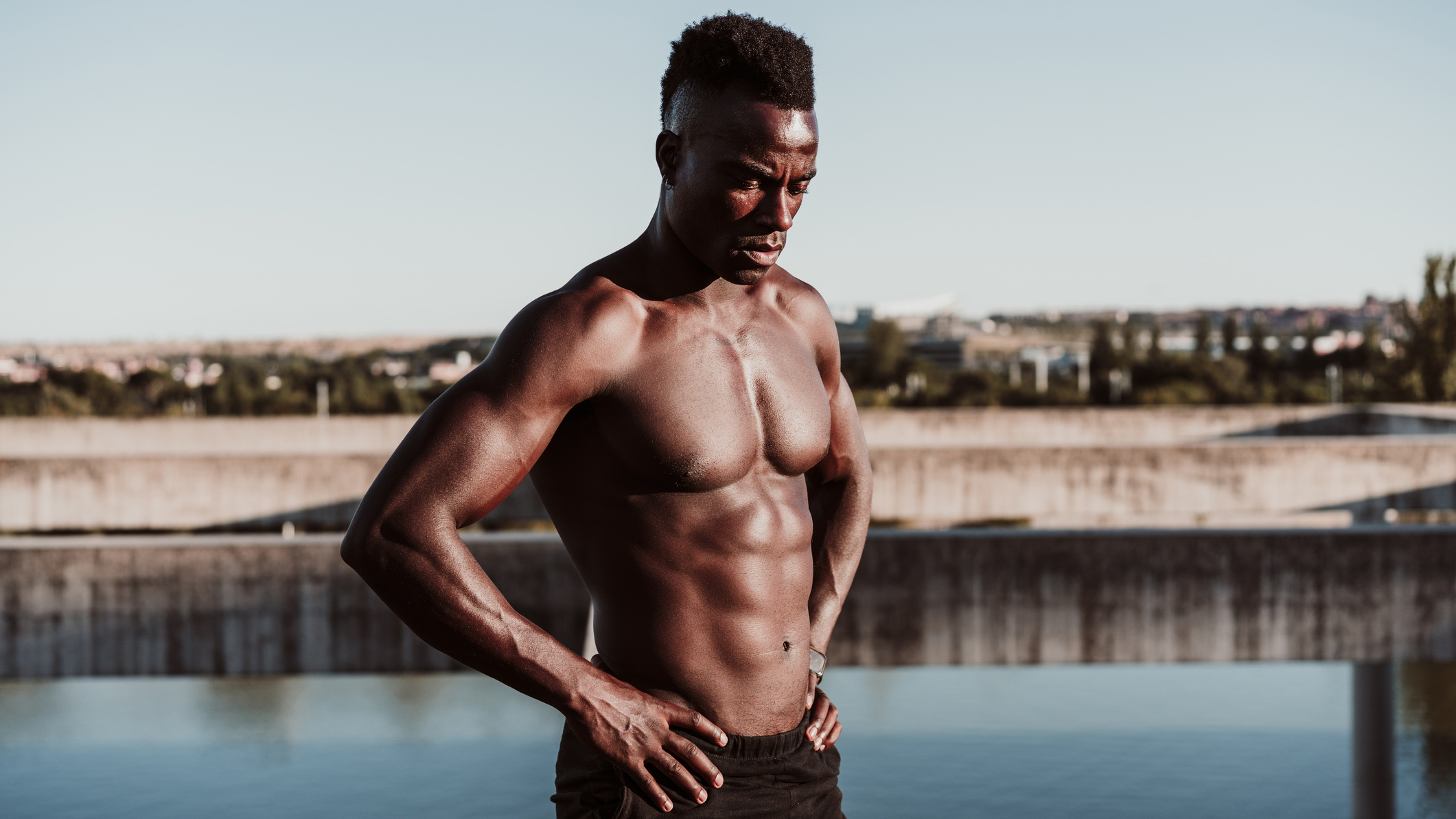
 Try this 2-minute six-pack workout and train the most neglected part of your abs
Try this 2-minute six-pack workout and train the most neglected part of your absFast, efficient and fun; this ab workout has it all!
By Matt Kollat Last updated
-
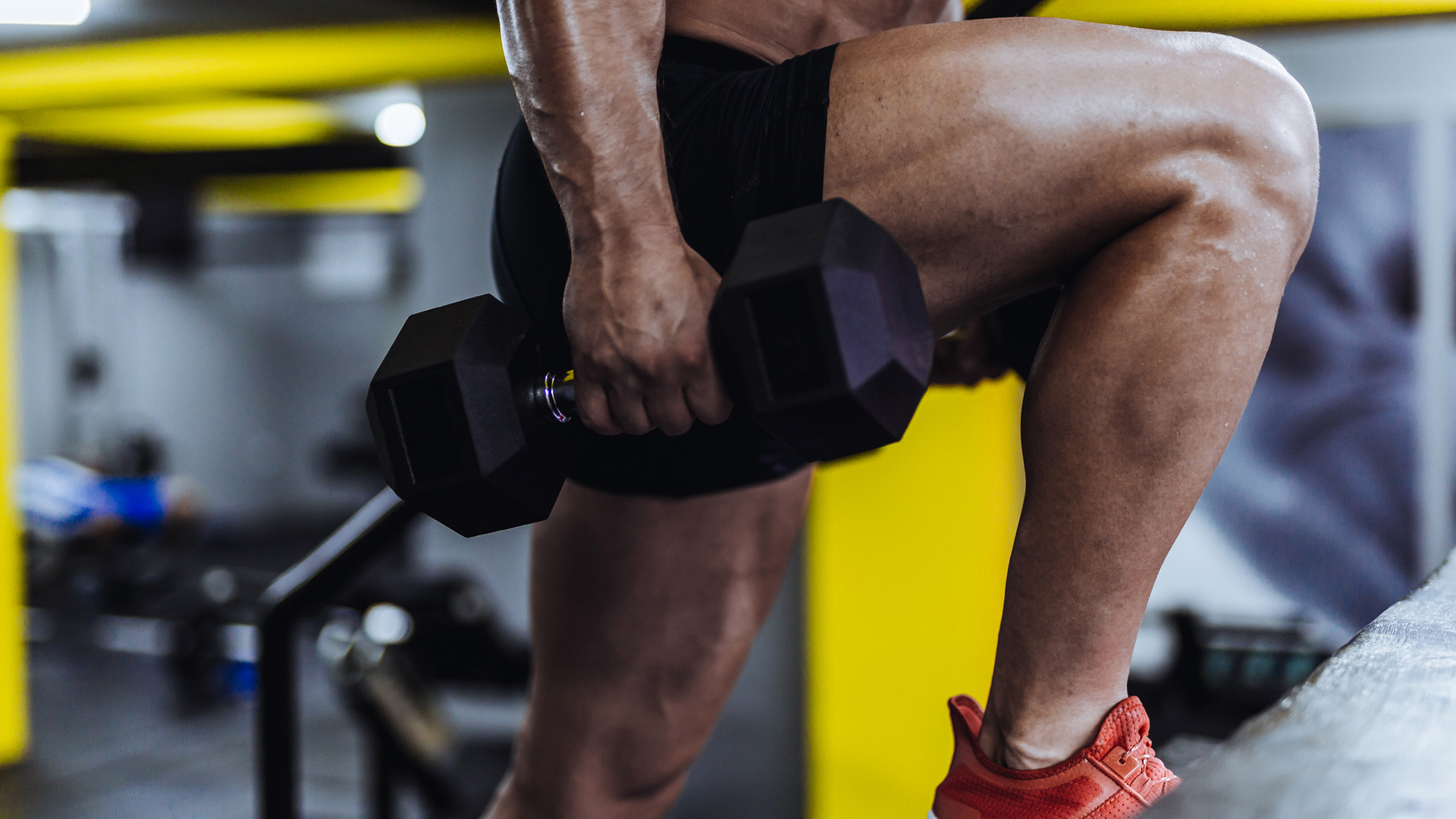
 Work the glutes, quads and calves with this 5-move leg day workout – you'll only need 2 dumbbell
Work the glutes, quads and calves with this 5-move leg day workout – you'll only need 2 dumbbellWork your whole lower body, from glutes to calves, with the smallest home weight
By Matt Kollat Last updated
-
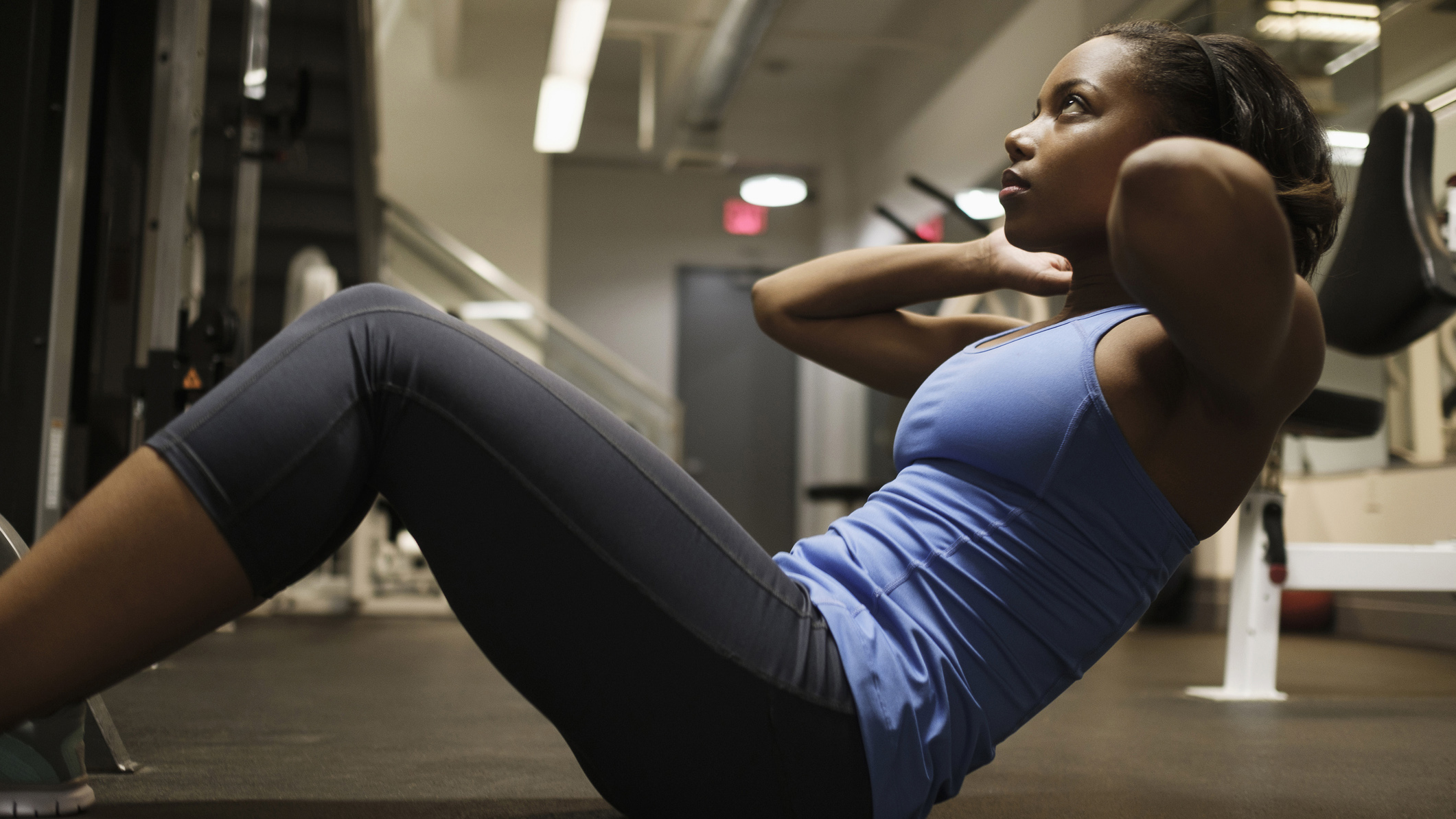
 15-minute low-impact full-body workout to burn fat and improve metabolism
15-minute low-impact full-body workout to burn fat and improve metabolismYour body (and two chairs) is the only equipment you'll need for this workout
By Matt Kollat Last updated
-
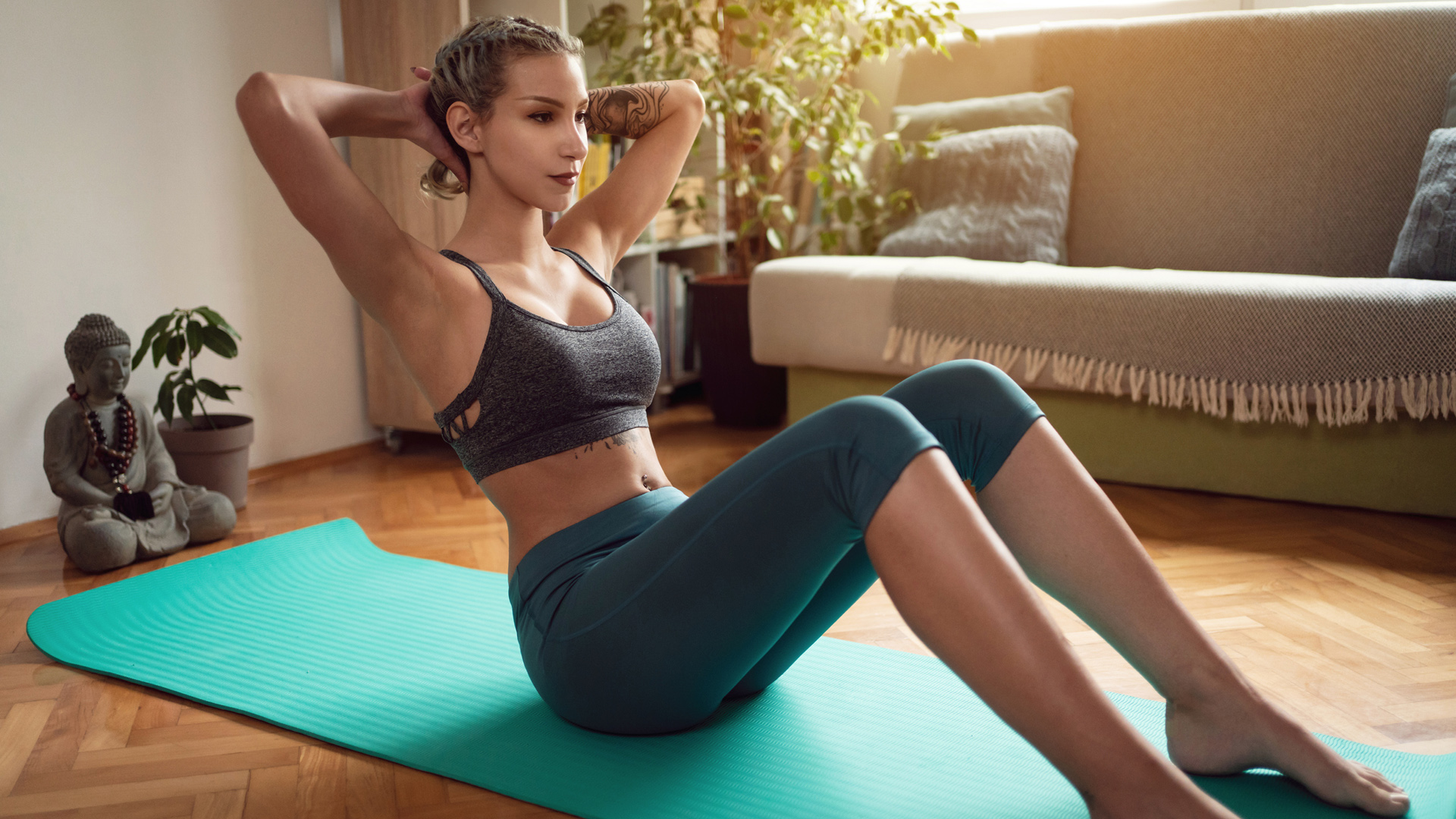
 Sculpt six-pack abs with this quick 4-move core workout – no equipment required
Sculpt six-pack abs with this quick 4-move core workout – no equipment requiredGet your abs ready for this fast and furious core workout – no equipment required!
By Matt Kollat Published
-

 Build big arms and back muscles with this 5-minute pull up workout for beginners
Build big arms and back muscles with this 5-minute pull up workout for beginnersStruggling to get started with pull-ups? This fast workout will help you build strength (and arm/back size)
By Matt Kollat Published